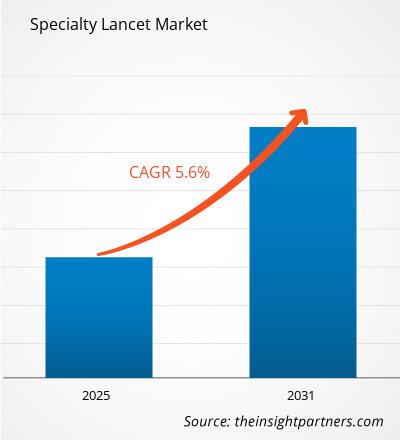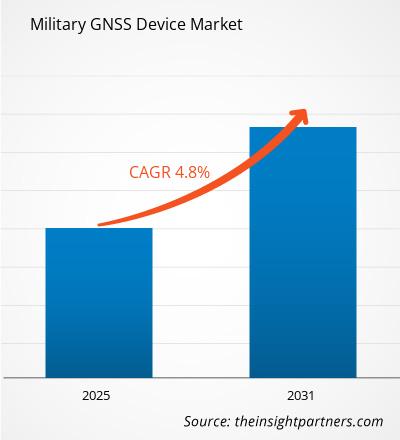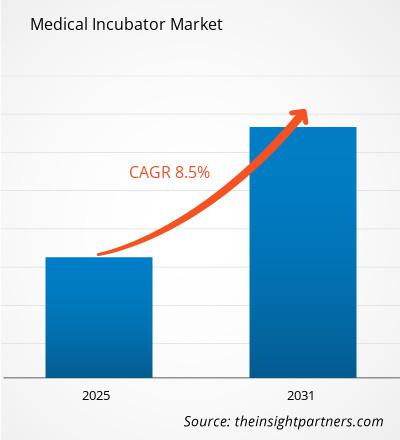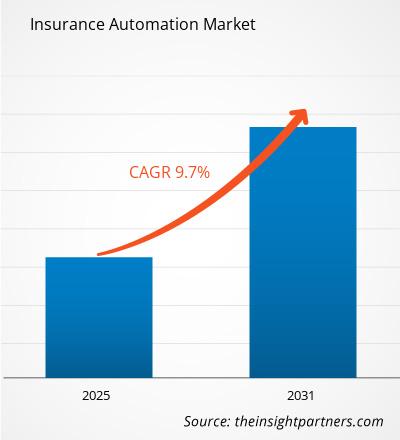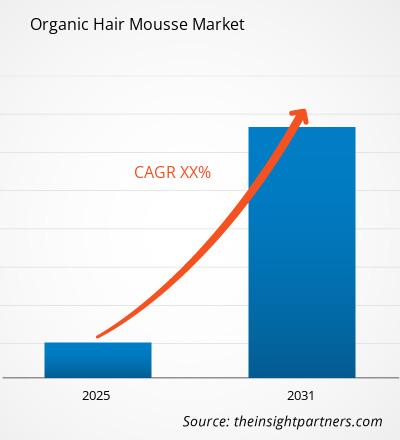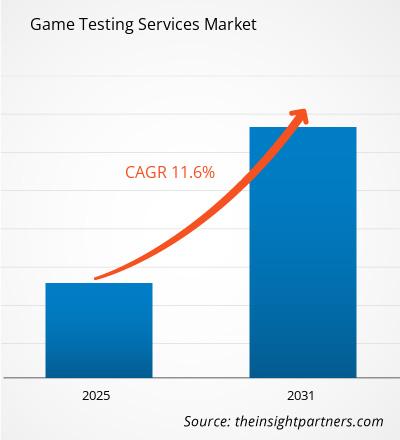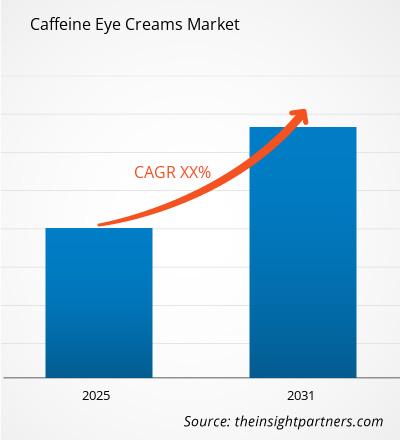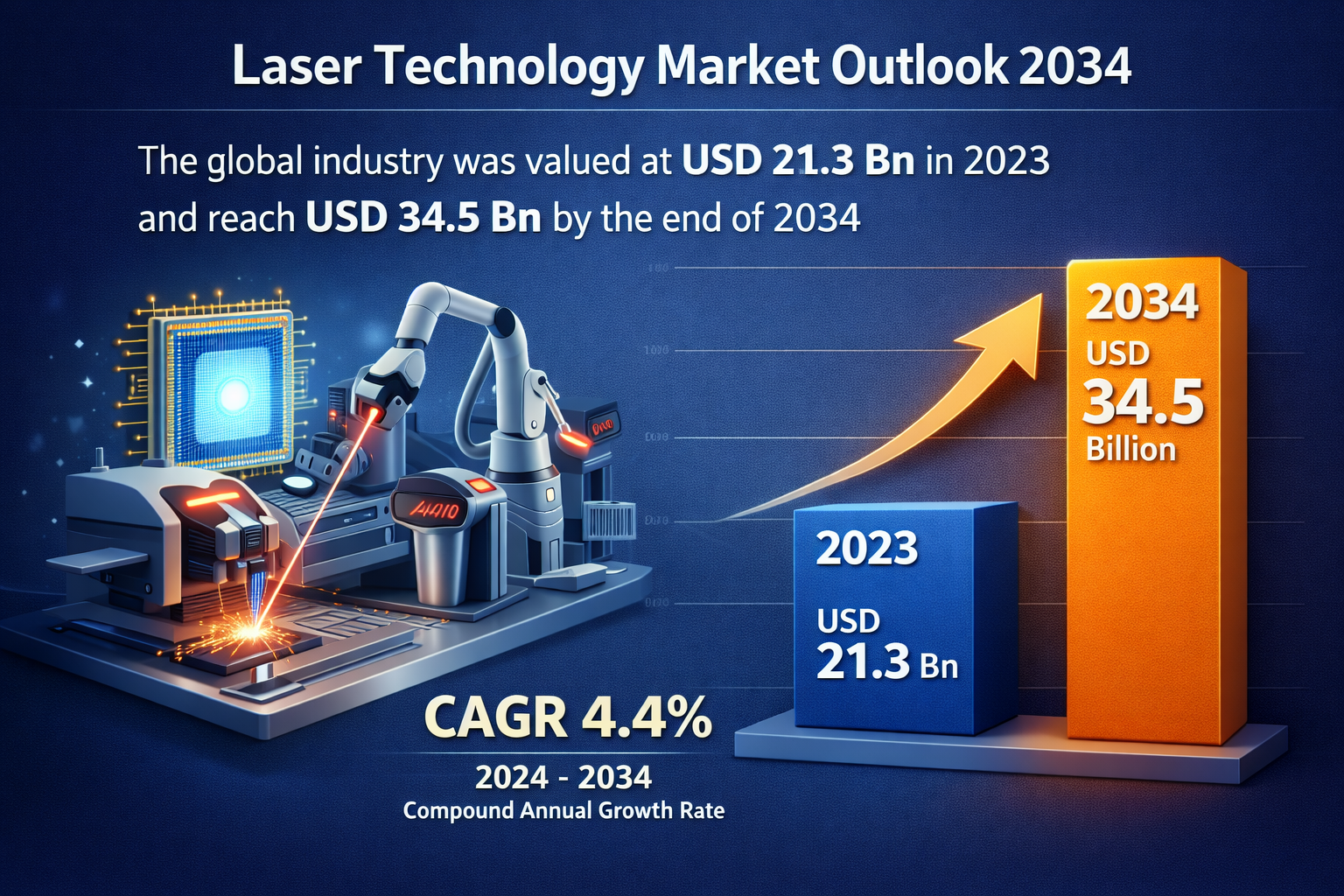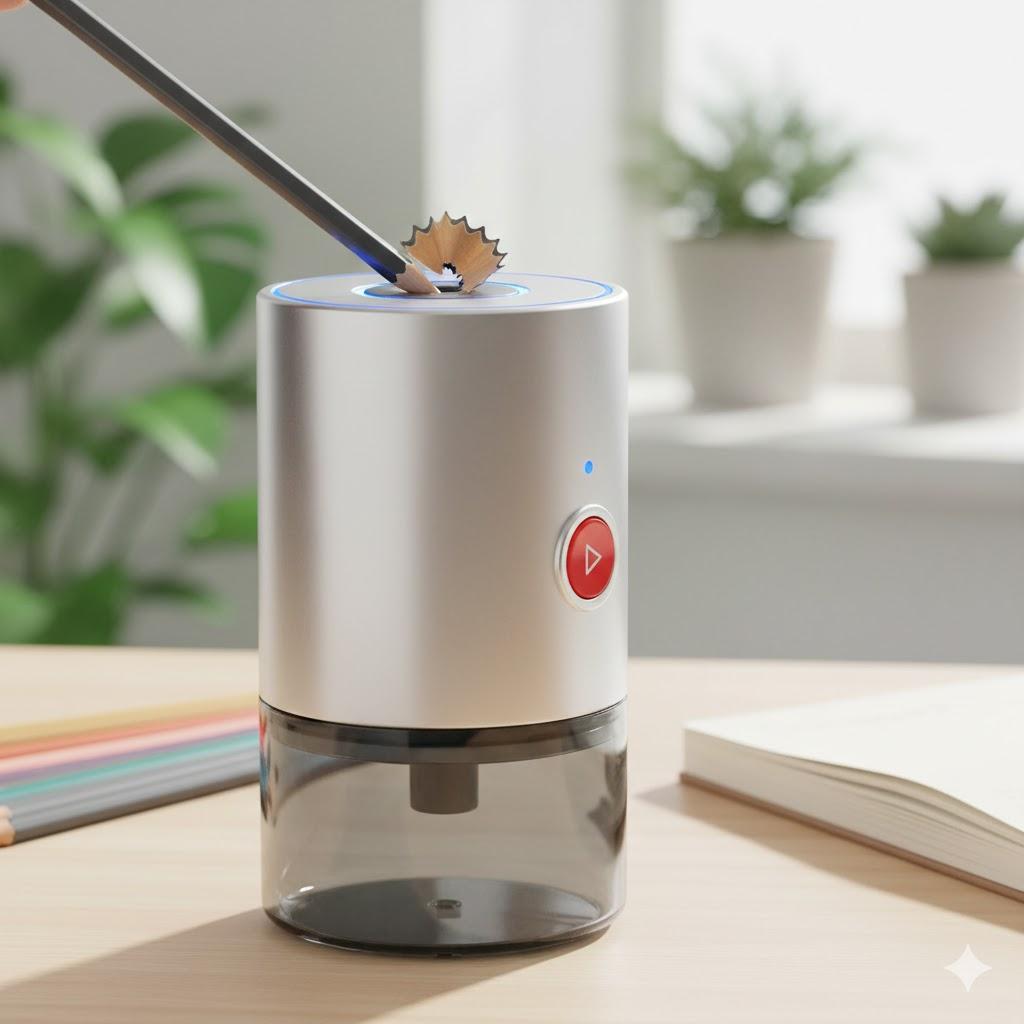Specialty Lancet Market Revolutionizes Diabetes Care: Trends to 2031
Pune, India - Specialty lancets make blood sampling quick, safe, and nearly painless, helping millions manage diabetes and other conditions from home. These innovative devices feature precise needle gauges, automatic retraction, and ergonomic designs that reduce anxiety and infection risks for users of all ages. The Specialty Lancet Market is expected to register a CAGR of 5.6% from 2025 to 2031.
Market Size, Share, Trends, Analysis, and Forecast by 2031
Global Overview: The specialty lancet market expands steadily through 2031, driven by rising chronic disease management and self-testing adoption worldwide.
Market Share Dynamics: Safety-engineered lancets dominate shares over standard types, with home care settings surpassing hospitals in usage volume.
Key Trends: Adjustable depth penetration and ultra-fine needles gain popularity, alongside biodegradable materials for eco-friendly disposal.
Analysis Highlights: Diabetes monitoring leads applications, while neonatal and specialty diagnostics follow with customized blade geometries.
Forecast to 2031: Momentum builds with connected devices linking to apps, projecting sustained growth across retail and institutional channels.
Global and Regional Analysis
North America leads with advanced home healthcare and strong reimbursement for diabetes supplies in the US and Canada. Europe emphasizes safety standards in Germany, the UK, and France, favoring regulated, user-friendly designs. Asia-Pacific grows fastest, powered by diabetes surges in China, India, and Japan amid expanding pharmacies. Latin America and Middle East & Africa advance through affordable imports and awareness campaigns.
Key Drivers Accelerating Market Growth
Exploding diabetes prevalence worldwide fuels demand for reliable, comfortable lancets that encourage daily testing adherence. Safety regulations push needle-stick prevention, making retractable specialty lancets essential in clinics and homes. E-commerce and subscription models broaden access, while aging populations seek gentler options for frequent monitoring. These factors position specialty lancets as everyday heroes in preventive health.
Key Players
Abbott
B.Braun Melsungen AG
ARKRAY, Inc.
I-SENS, Inc.
Terumo Corporation
Nipro Medical Corporation
Omron Corporation
Bayer
AgaMatrix, Inc.
Get More Information: - https://www.theinsightpartners.com/reports/specialty-lancet-market
Emerging Trends and Market Opportunities
Smart lancets syncing with glucose meters and apps enable real-time data sharing with doctors, opening telehealth niches. Biodegradable and hypoallergenic materials attract sustainability-focused buyers. Pediatric and neonatal specialty lancets target sensitive skin, while multi-sample devices suit lab efficiency. Emerging markets offer volume growth via low-cost innovations and partnerships.
Recent Industry Developments
In 2025, BD launched next-gen safety lancets with enhanced retraction for zero-stick incidents. Roche expanded its Accu-Chek portfolio with adjustable-depth models praised for comfort. Owen Mumford debuted Auto-Lancet Universal, compatible across meters amid home-testing booms. Terumo rolled out neonatal variants for hospital NICUs. These launches reflect commitment to user-centric evolution.
Conclusion
Specialty lancets bridge the gap between medical precision and everyday ease, empowering people to take charge of their health confidently. As trends toward connectivity and sustainability accelerate, this market promises broader access and better outcomes globally. Innovators prioritizing comfort and safety will lead the charge.
About The Insight Partners
The Insight Partners is a global leader in market research, delivering comprehensive analysis and actionable insights across diverse industries. The company empowers decision-makers with data-driven intelligence to navigate evolving markets and accelerate growth.
Contact Us:
Contact Person: Ankit Mathur
E-mail: ankit.mathur@theinsightpartners.com
Phone: +1-646-491-9876
Also Available in :
Korean | German | Japanese | French | Chinese | Italian | Spanish
Pune, India - Specialty lancets make blood sampling quick, safe, and nearly painless, helping millions manage diabetes and other conditions from home. These innovative devices feature precise needle gauges, automatic retraction, and ergonomic designs that reduce anxiety and infection risks for users of all ages. The Specialty Lancet Market is expected to register a CAGR of 5.6% from 2025 to 2031.
Market Size, Share, Trends, Analysis, and Forecast by 2031
Global Overview: The specialty lancet market expands steadily through 2031, driven by rising chronic disease management and self-testing adoption worldwide.
Market Share Dynamics: Safety-engineered lancets dominate shares over standard types, with home care settings surpassing hospitals in usage volume.
Key Trends: Adjustable depth penetration and ultra-fine needles gain popularity, alongside biodegradable materials for eco-friendly disposal.
Analysis Highlights: Diabetes monitoring leads applications, while neonatal and specialty diagnostics follow with customized blade geometries.
Forecast to 2031: Momentum builds with connected devices linking to apps, projecting sustained growth across retail and institutional channels.
Global and Regional Analysis
North America leads with advanced home healthcare and strong reimbursement for diabetes supplies in the US and Canada. Europe emphasizes safety standards in Germany, the UK, and France, favoring regulated, user-friendly designs. Asia-Pacific grows fastest, powered by diabetes surges in China, India, and Japan amid expanding pharmacies. Latin America and Middle East & Africa advance through affordable imports and awareness campaigns.
Key Drivers Accelerating Market Growth
Exploding diabetes prevalence worldwide fuels demand for reliable, comfortable lancets that encourage daily testing adherence. Safety regulations push needle-stick prevention, making retractable specialty lancets essential in clinics and homes. E-commerce and subscription models broaden access, while aging populations seek gentler options for frequent monitoring. These factors position specialty lancets as everyday heroes in preventive health.
Key Players
Abbott
B.Braun Melsungen AG
ARKRAY, Inc.
I-SENS, Inc.
Terumo Corporation
Nipro Medical Corporation
Omron Corporation
Bayer
AgaMatrix, Inc.
Get More Information: - https://www.theinsightpartners.com/reports/specialty-lancet-market
Emerging Trends and Market Opportunities
Smart lancets syncing with glucose meters and apps enable real-time data sharing with doctors, opening telehealth niches. Biodegradable and hypoallergenic materials attract sustainability-focused buyers. Pediatric and neonatal specialty lancets target sensitive skin, while multi-sample devices suit lab efficiency. Emerging markets offer volume growth via low-cost innovations and partnerships.
Recent Industry Developments
In 2025, BD launched next-gen safety lancets with enhanced retraction for zero-stick incidents. Roche expanded its Accu-Chek portfolio with adjustable-depth models praised for comfort. Owen Mumford debuted Auto-Lancet Universal, compatible across meters amid home-testing booms. Terumo rolled out neonatal variants for hospital NICUs. These launches reflect commitment to user-centric evolution.
Conclusion
Specialty lancets bridge the gap between medical precision and everyday ease, empowering people to take charge of their health confidently. As trends toward connectivity and sustainability accelerate, this market promises broader access and better outcomes globally. Innovators prioritizing comfort and safety will lead the charge.
About The Insight Partners
The Insight Partners is a global leader in market research, delivering comprehensive analysis and actionable insights across diverse industries. The company empowers decision-makers with data-driven intelligence to navigate evolving markets and accelerate growth.
Contact Us:
Contact Person: Ankit Mathur
E-mail: ankit.mathur@theinsightpartners.com
Phone: +1-646-491-9876
Also Available in :
Korean | German | Japanese | French | Chinese | Italian | Spanish
Specialty Lancet Market Revolutionizes Diabetes Care: Trends to 2031
Pune, India - Specialty lancets make blood sampling quick, safe, and nearly painless, helping millions manage diabetes and other conditions from home. These innovative devices feature precise needle gauges, automatic retraction, and ergonomic designs that reduce anxiety and infection risks for users of all ages. The Specialty Lancet Market is expected to register a CAGR of 5.6% from 2025 to 2031.
Market Size, Share, Trends, Analysis, and Forecast by 2031
Global Overview: The specialty lancet market expands steadily through 2031, driven by rising chronic disease management and self-testing adoption worldwide.
Market Share Dynamics: Safety-engineered lancets dominate shares over standard types, with home care settings surpassing hospitals in usage volume.
Key Trends: Adjustable depth penetration and ultra-fine needles gain popularity, alongside biodegradable materials for eco-friendly disposal.
Analysis Highlights: Diabetes monitoring leads applications, while neonatal and specialty diagnostics follow with customized blade geometries.
Forecast to 2031: Momentum builds with connected devices linking to apps, projecting sustained growth across retail and institutional channels.
Global and Regional Analysis
North America leads with advanced home healthcare and strong reimbursement for diabetes supplies in the US and Canada. Europe emphasizes safety standards in Germany, the UK, and France, favoring regulated, user-friendly designs. Asia-Pacific grows fastest, powered by diabetes surges in China, India, and Japan amid expanding pharmacies. Latin America and Middle East & Africa advance through affordable imports and awareness campaigns.
Key Drivers Accelerating Market Growth
Exploding diabetes prevalence worldwide fuels demand for reliable, comfortable lancets that encourage daily testing adherence. Safety regulations push needle-stick prevention, making retractable specialty lancets essential in clinics and homes. E-commerce and subscription models broaden access, while aging populations seek gentler options for frequent monitoring. These factors position specialty lancets as everyday heroes in preventive health.
Key Players
Abbott
B.Braun Melsungen AG
ARKRAY, Inc.
I-SENS, Inc.
Terumo Corporation
Nipro Medical Corporation
Omron Corporation
Bayer
AgaMatrix, Inc.
Get More Information: - https://www.theinsightpartners.com/reports/specialty-lancet-market
Emerging Trends and Market Opportunities
Smart lancets syncing with glucose meters and apps enable real-time data sharing with doctors, opening telehealth niches. Biodegradable and hypoallergenic materials attract sustainability-focused buyers. Pediatric and neonatal specialty lancets target sensitive skin, while multi-sample devices suit lab efficiency. Emerging markets offer volume growth via low-cost innovations and partnerships.
Recent Industry Developments
In 2025, BD launched next-gen safety lancets with enhanced retraction for zero-stick incidents. Roche expanded its Accu-Chek portfolio with adjustable-depth models praised for comfort. Owen Mumford debuted Auto-Lancet Universal, compatible across meters amid home-testing booms. Terumo rolled out neonatal variants for hospital NICUs. These launches reflect commitment to user-centric evolution.
Conclusion
Specialty lancets bridge the gap between medical precision and everyday ease, empowering people to take charge of their health confidently. As trends toward connectivity and sustainability accelerate, this market promises broader access and better outcomes globally. Innovators prioritizing comfort and safety will lead the charge.
About The Insight Partners
The Insight Partners is a global leader in market research, delivering comprehensive analysis and actionable insights across diverse industries. The company empowers decision-makers with data-driven intelligence to navigate evolving markets and accelerate growth.
Contact Us:
Contact Person: Ankit Mathur
E-mail: ankit.mathur@theinsightpartners.com
Phone: +1-646-491-9876
Also Available in :
Korean | German | Japanese | French | Chinese | Italian | Spanish
0 Commenti
0 condivisioni
261 Views
0 Anteprima



